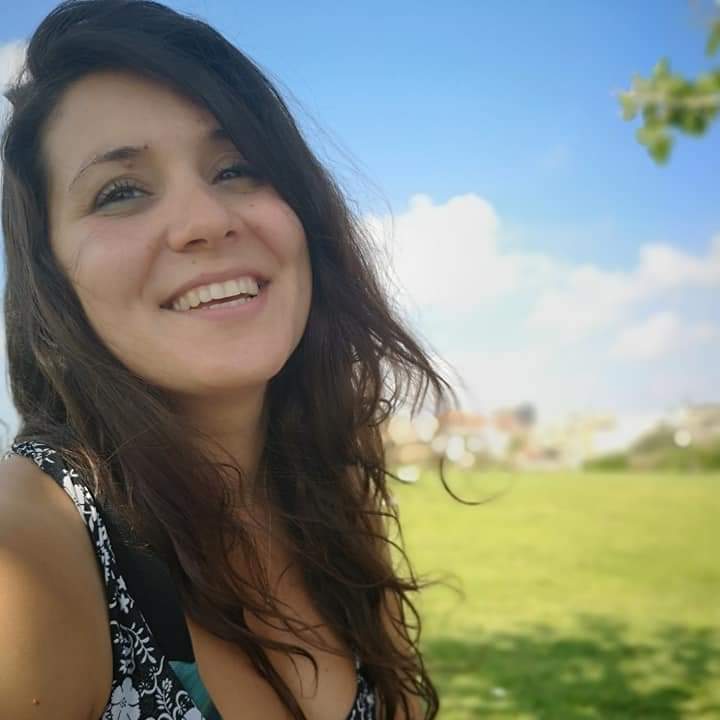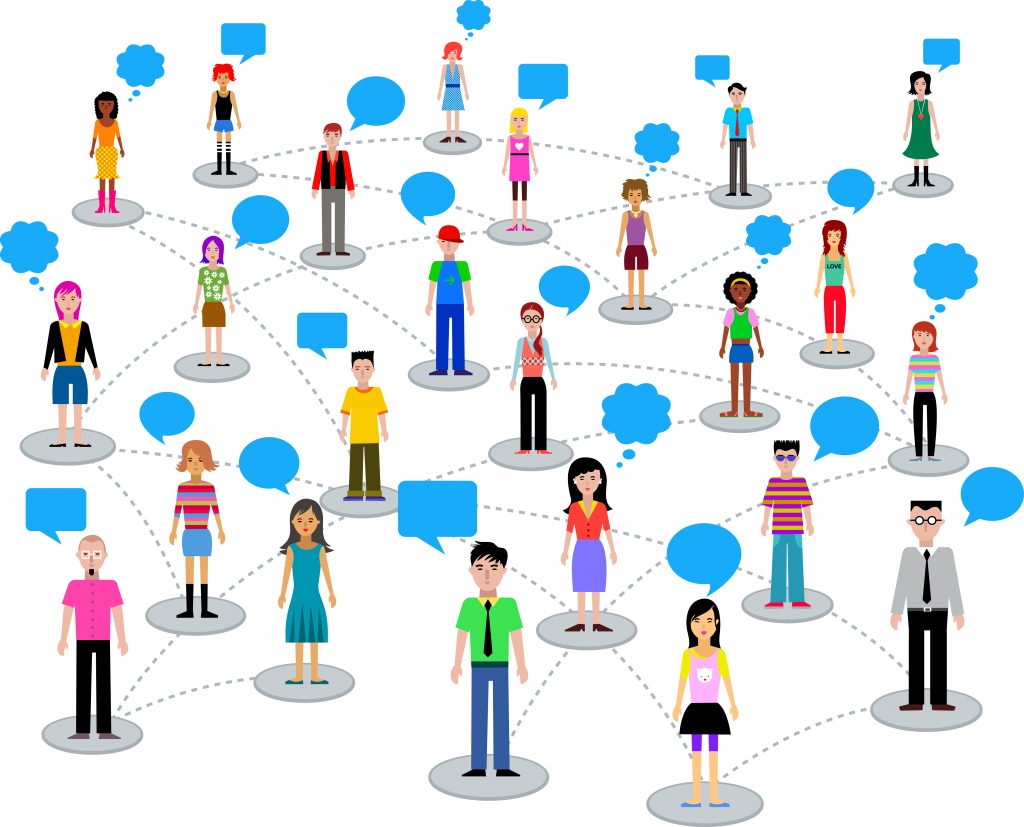1. What was the main question in your dissertation?
I investigated whether the structure of languages is shaped by their social environment, for example the size or the structure of the community in which they evolve. I wanted to find out if differences in the social environment could explain why there are so many different languages in the world, and why languages actually differ from each other so much.

2. Can you explain the (theoretical) background a bit more?
We already know that there are differences between languages due to the physical environment, such as the climate or the terrain a community lives in. These aspects of the environment can influence the grammar and sounds of languages. For example, in some languages, like Mandarin, a word’s intonation determines which meaning the word has. [Má], in which your voice goes up, means ‘hemp’, whereas [mà], where your voice goes down, means ‘scold’. These tonal distinctions require very precise control of our vocal chords. Languages spoken in dry and cold climates typically do not rely on tonal distinctions, because the dry and cold air makes it more difficult to control the vocal cords and pronounce these tones.
Furthermore, since language is a tool for communication, it is likely that languages would differ when there are different social needs in a community. For instance, one study found that the number of speakers influences languages’ morphology. Morphology refers to how words are formed to change their tense (work – worked), create an adverb (happy – happily) or change grammatical case (e.g. in German: der Mann [the man], des Mannes [the man’s x]. Languages with more speakers had simpler morphology. However, more research was necessary to investigate whether large group size actually caused languages to become less complex.
3. Why is it important to answer this question?
It is striking how many different languages exist: about 7000! These languages differ very much from each other, not only in the words and sounds they use, but also in their grammatical structure. From the dawn of humanity, people have tried to explain the diversity in languages. Think for example of the Tower of Babylon in Judeo-Christian beliefs. But we still don’t know for sure why languages differ so much from each other and how these differences developed over time.
4. Can you tell us about one particular project?
In one project, I looked at whether group size caused differences in a language’s grammatical complexity while the language was evolving. Of course, natural language evolution takes generations, so I designed a game in which a group of people created a new language together, within several hours, without using their own language. Participants were either placed in a small group of four people, or a big group of eight people. They described different scenes I created. The 23 scenes were composed of four different shapes, which could move in 16 different directions (see video below).
At the beginning of the game, participants were paired with another participant from their group. They created a new word for a scene, and the other participant had to guess to which scene this new word referred to. This way they ping-ponged through different scenes for a while until the round ended. At the next round, each participant was paired with a different participant from their group and played the game again. However, now, they already had words for some of the scenes, which they could use and alter. This way, over multiple rounds, a language was created by the group of participants. I then looked at whether the languages created in the big or small groups differed from each other in the complexity of their grammatical structure. Also, I looked whether group size influenced how long it took until people settled on a ‘common’ language.
5. What was your most interesting/ important finding?
I found that big groups created languages with more systematic grammars. That means they often created different word-parts for describing the four different shapes and the possible directions they could move in, and combined these word-parts to create a compound word that referred to this particular shape moving in this particular direction. Small groups were less consistent in creating such systematic grammars, and developed structured grammars more slowly and to a lesser extent (see picture 1).
In an additional experiment, I took the languages created by the big and small groups in the communication experiment, and taught them to new people who had no prior experience with the made-up languages. This way, I could test whether more systematic languages were actually easier to learn. And indeed, people learned highly systematic languages more easily compared to the less systematic languages.

The big group uses a complex system of letters to specify certain directions, whereas the small groups do this only to a smaller extent
6. What are the consequences/ implications of this finding? How does this push science or society forward?
We found that big groups created more structured languages, and did so faster and more consistently, whereas small groups sometimes created languages that were more irregular and less systematic. This confirms observations that real-world languages spoken by small communities are more complex.
Moreover, the learning experiment confirmed that a language is harder to learn if it has a lot of irregularities and a less systematic grammatical structure.This is quite important to know when learning a second language, and may have implications for teaching strategies.
Finally, through my research, a lot of new questions arose: If languages adapt to the size of the community, then to what other social aspects does it adapt?
7. What do you want to do next?
I would like to continue my research and investigate how languages are shaped by other characteristics of communities, such as age or gender diversity. People have suggested that women and teenagers are the main agents of language change, so that they innovate more and are more likely to adopt changes. What would happen if groups in the language-creation game would differ in the number of young and older people, or in the number of men and women? How different would the languages created by these groups be? And would women and adolescents be the main initiators of language change? I am planning to investigate these questions and continue my research in my next job.
Read more
– Link to dissertation
Interviewer: Merel Wolf
Editor: Julia Egger
Dutch translation: Caitlin Decuyper
German translation: Greta Kaufeld
Final editing: Merel Wolf

